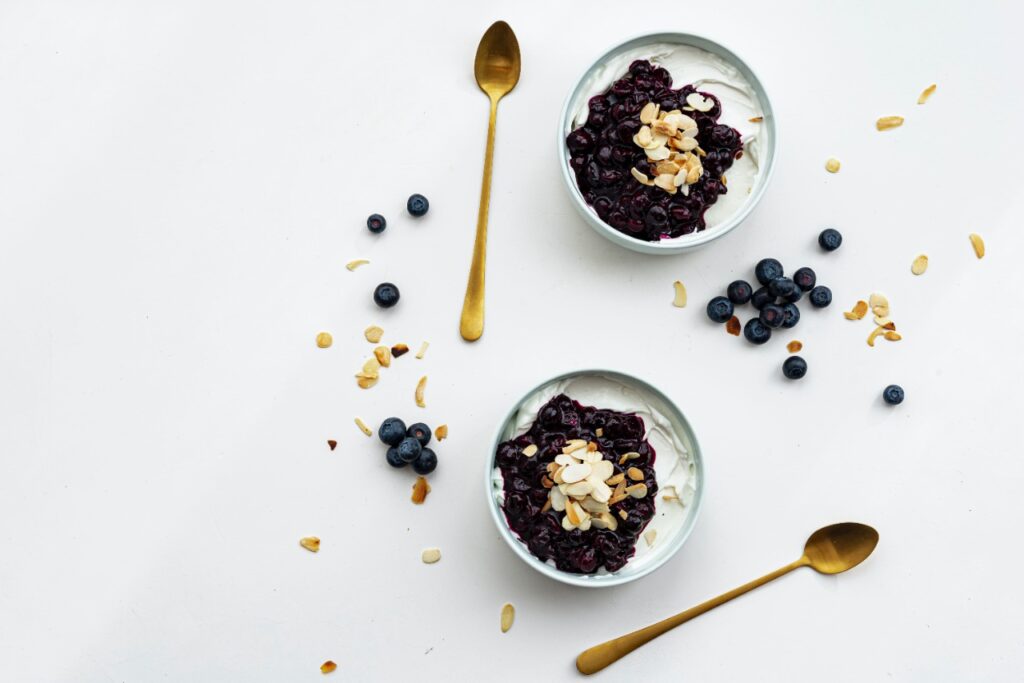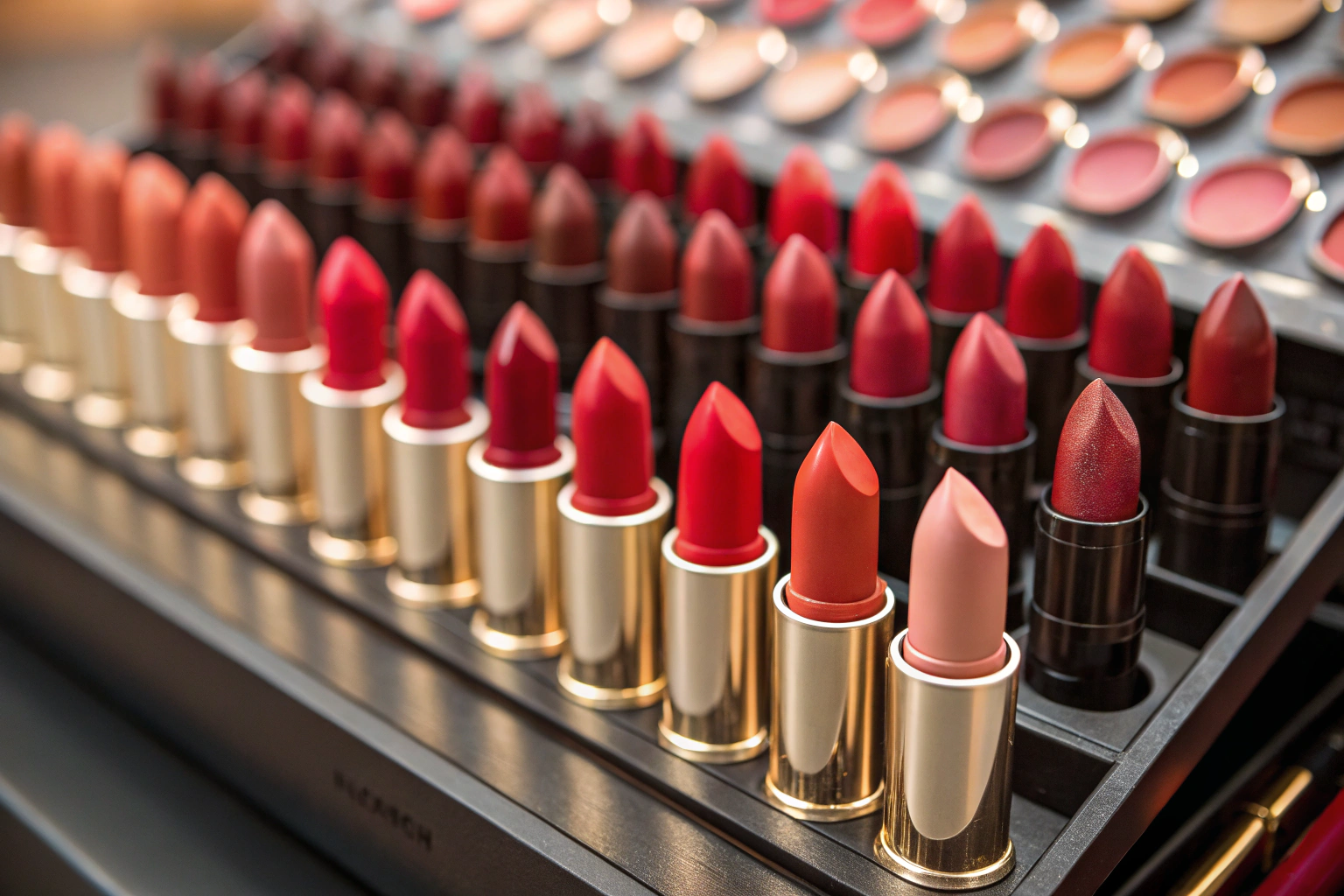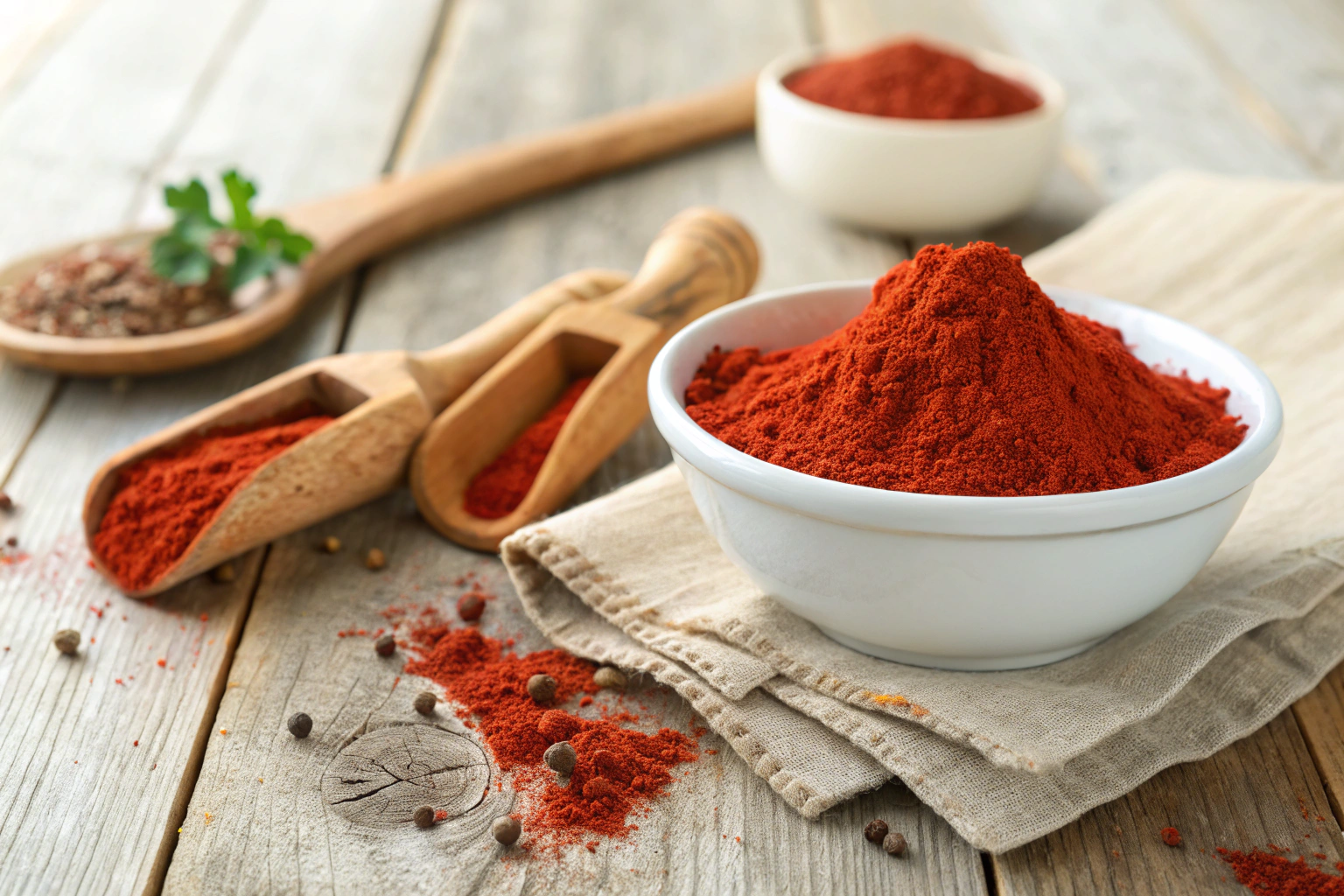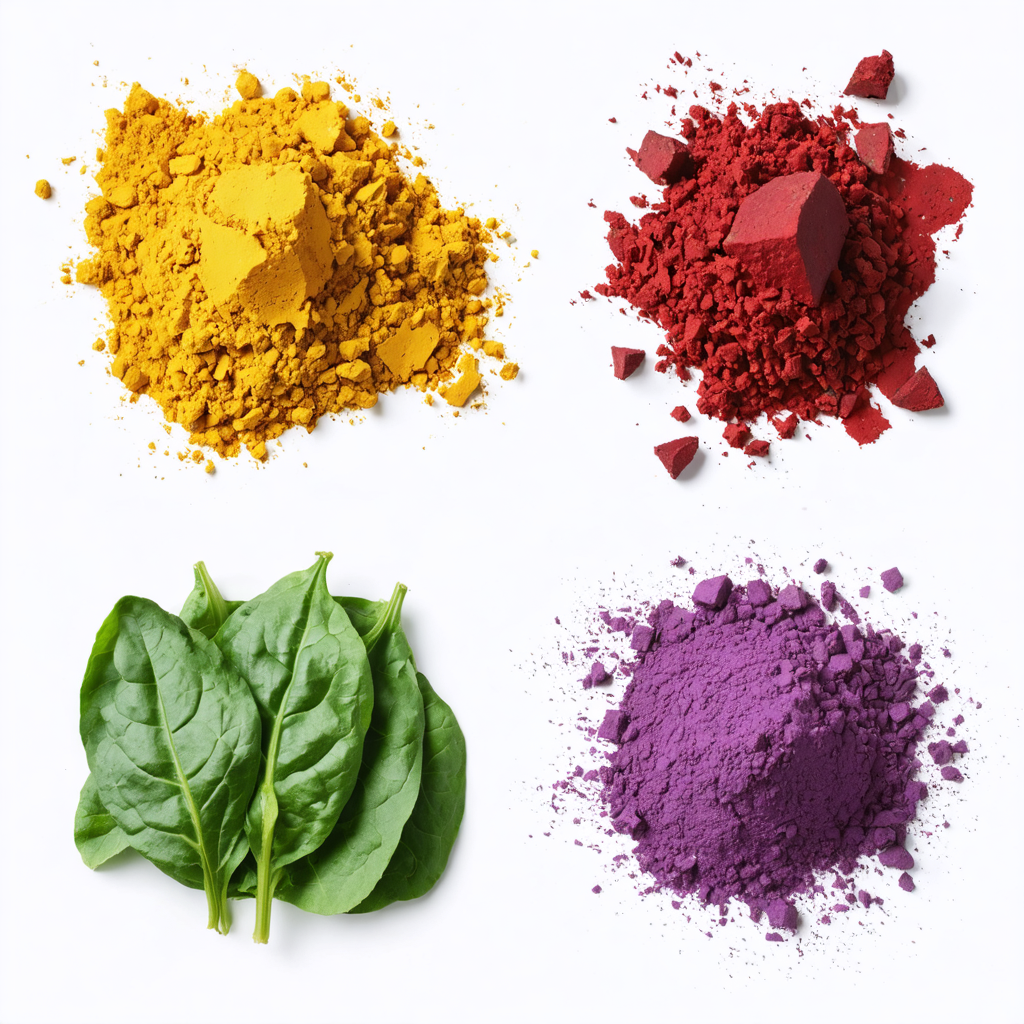The dairy business utilizes a variety of colors to improve the appearance of its products. Consumers will be able to consume a finished product comprised entirely of natural ingredients as a result of this advancement.
Furthermore, the procedure does not necessitate industrial extraction, implying that it is a more environmentally friendly procedure.
Some of the best natural colors which can be used in the yogurt are as follow
Table of Contents
ToggleCarmine
Yogurts come in a wide range of flavours that we consume on a regular basis. You might not realize how your favorite yoghurt flavours get their colors. Santacolor colorants that can be used in yoghurt. We mostly use liquid carmine, as well as water-soluble carmine, to flavor strawberry yoghurt. You can get the color for a strawberry yoghurt, raspberry, or cherry depending on how much carmine you use.
Carmine gives excellent red and orange tones in dairy applications. Carmine is also heat and light resistant, and clings well to fruit preparations used in the dairy industry. This is useful in applications like Greek yoghurt and fruit pulp juice drinks.
Chlorophyll
Turmeric can be used with chlorophyll to create a lemon-green colour. Chlorophyll can be used alone to generate a typical verne colour or a minty yoghurt flavour. Turmeric, on the other hand, can be used to colour pineapple yoghurt. All of the above are mostly used as liquids.
Phycocyanin
The health benefits of phycocyanin-containing yoghurt contribute to consumer pleasure. Due to its antibacterial capabilities, phycocyanin may have an inhibitory influence on yoghurt cultures, as well as affecting its physicochemical qualities. The goal of the study was to see how phycocyanin affected the antibacterial and physicochemical qualities of yoghurt.
When the pH of the yoghurt reached 4.5, purified phycocyanin was added, stirred, and stored at 4 °C to make phycocyanin-enriched yoghurt.
Food experts consider blue spirulina to be a “food diamond.”
The addition of blue spirulina to yoghurt boosts the protein content, provides balanced animal and plant nutrition, obtains the best combination, and fully fulfils the purpose of the meal.
Blue spirulina also has beneficial effects on yoghurt, such as water reduction, hardness, colour stability, and bacterial growth inhibition.
When you combine this natural food colourant with yoghurt, the protein, fat, and dietary fibre content increases. According to studies, this food color possesses antioxidant, anti-inflammatory, pain-relieving, and brain-protecting qualities.
It helps to detoxify the body, stimulate the immune system, and heal sinuses.
Some people dislike phycocyanin because of its fishy smell, however when you mix it with yoghurt or a smoothie, the smells disappear away.
Red Radish Color
It’s a type of red cabbage-derived natural colourant. Anthocyanins, flavones, and tannins are found in it.
The PH of the surroundings can affect its colour and stability.
The colour is red or amaranthine at pH 2.0-6.0; blue at pH 7.0; and unstable green at pH over 7.0.
To give us inquiry regarding any of these colors please visit Send Inquiry
To learn more about natural colors click Products




